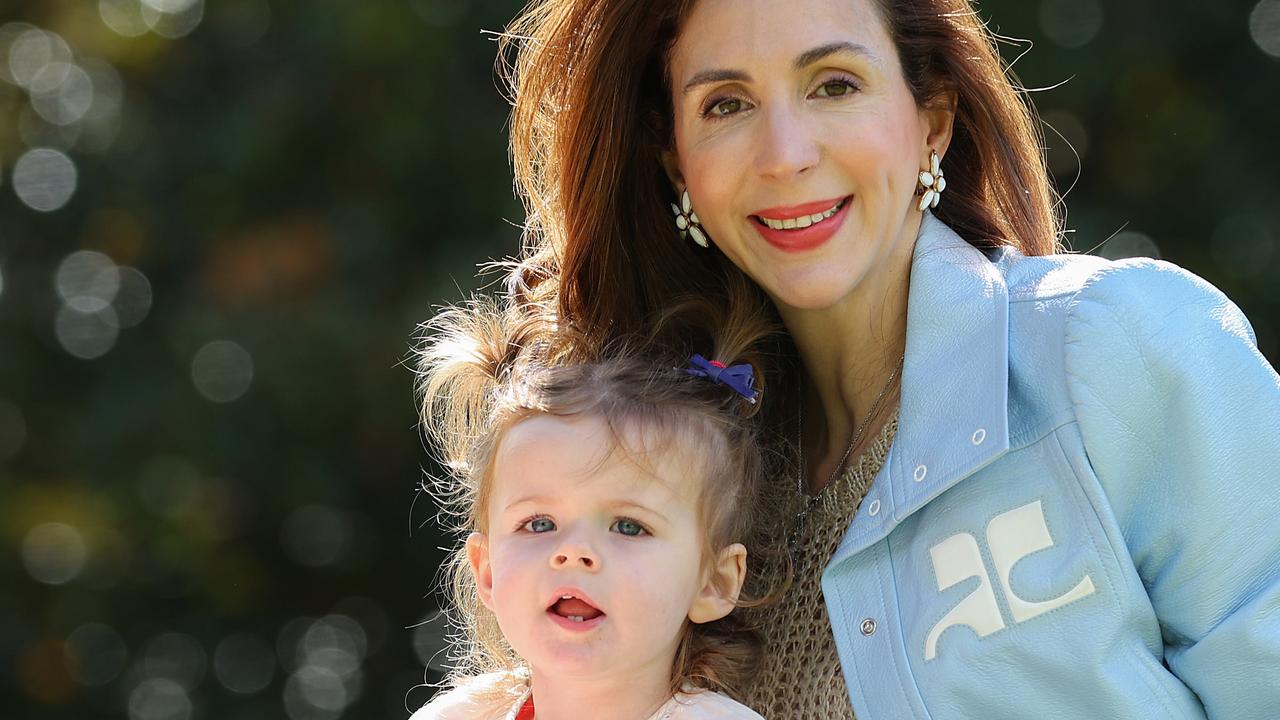Every Sydney suburb ranked: See how many babies were born in your area
One Sydney suburb is doing the heavy lifting when it comes to raising the next generation of Sydneysiders, with more babies born there than anywhere else in the Harbour City. Use our interactive map to see how your area ranks.
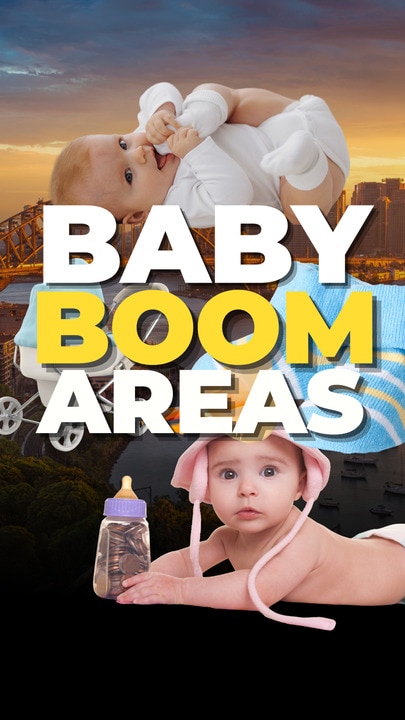
Fertility
Don't miss out on the headlines from Fertility. Followed categories will be added to My News.
Young families seeking cheaper rents in Western Sydney are behind the region laying the claim to the city’s most fertile suburbs, as new data reveals Liverpool is home to more newborn babies than any other postcode while affluent areas like Dover Heights and Bayview remain baby deserts.
The Daily Telegraph has analysed fresh figures for 2024 compiled by the NSW Registry of Births, Deaths and Marriages to show families in southwest Sydney and the newly established northwest suburbs are doing the heavy lifting when it comes to raising the next generation, with 1511 babies registered to the Liverpool area alone – more than the bottom 80 NSW postcodes combined.
Box Hill, Marsden Park and Riverstone, Campbelltown, Westmead, Girraween and Greystanes, Camden, and Mount Druitt also recorded more than 1000 births each last year.
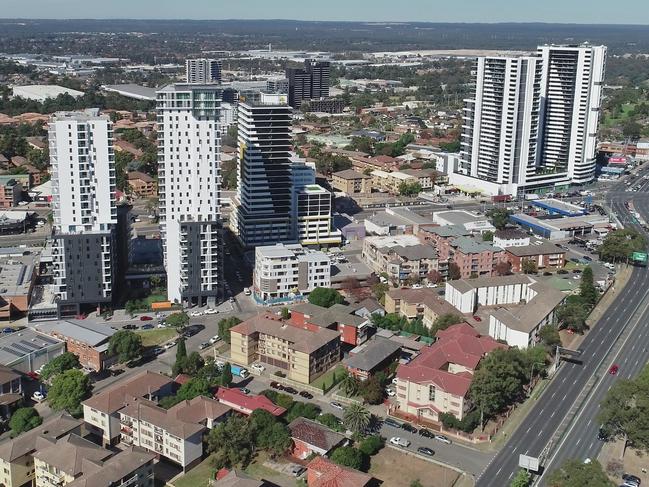
The trend can largely be explained by the movement of young couples from the inner city to the outer suburbs, ANU demographer James O’Donnell said, where they can find bigger and more affordable dwellings in which to start their families.
“Newer suburbs like Box Hill are usually a magnet for young families because of the better availability and affordability of detached and semi-detached family housing,” Dr O’Donnell said.
“Suburbs like Liverpool, meanwhile, are a magnet for young and diverse migrant populations … because of the established social and community networks there and the relatively more affordable rental housing.”
Wealthy upper north shore and northern beaches suburbs dominate the list with the fewest number of babies per capita, including Bayview (18 births), Beecroft and Cheltenham (55 births), Killara (67 births) and Pymble (79 births) and Warriewood (71 births).

Cherrybrook had the lowest births per capita – based on 2021 Census figures – with 0.00529 babies per person, with the overall number of births declining nearly 35 per cent over the past decade.
The CBD-adjacent suburbs of Chippendale and Ultimo are home to fewer than 60 newborns each, while eastern suburbs like Dover Heights, Vaucluse, Elizabeth Bay and Potts Point had under 0.01 births per capita.
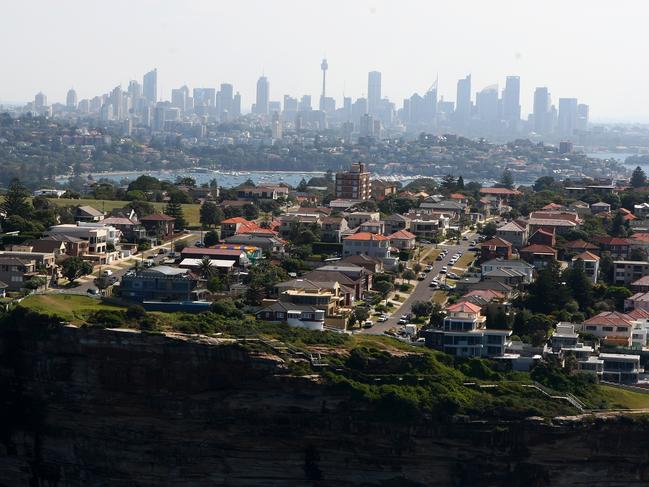
Social researcher and demographer Mark McCrindle said the figures reflect Sydney’s increasingly “stratified society”, where some areas are inhabited by students and young professionals while others are transformed into “nappy valleys” as families are pushed out into semirural suburbs on the fringes of Sydney’s urban sprawl.
Even in Liverpool, annual births have fallen by more than 10 per cent over the past decade, while Bankstown is down by 20 per cent.
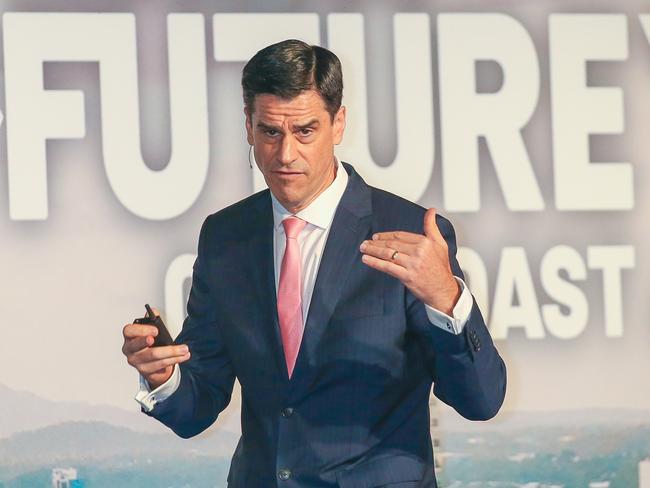
“Baulkham Hills and Bella Vista used to be the edge of the northwest corridor, and now it’s almost considered inner-suburban because it goes all the way out to Box Hill and Vineyard,” Mr McCrindle said.
“The Baulkham Hills area has seen a massive decline in births in this decade and it’s true in the southwest too.
“Couples that used to start a family in Sydney, maybe at Harris Park or Parramatta … don’t go there, they head further out.”
Cypriot-Kurdish couple Ahmet and Nina Avci are raising two daughters in the Liverpool suburb of Prestons; their youngest, 7-month-old Kayla, was born in August last year.
The family recently moved into a new home “just around the corner” from Ahmet’s parents, whom the couple and their kids spent the last three years living with.
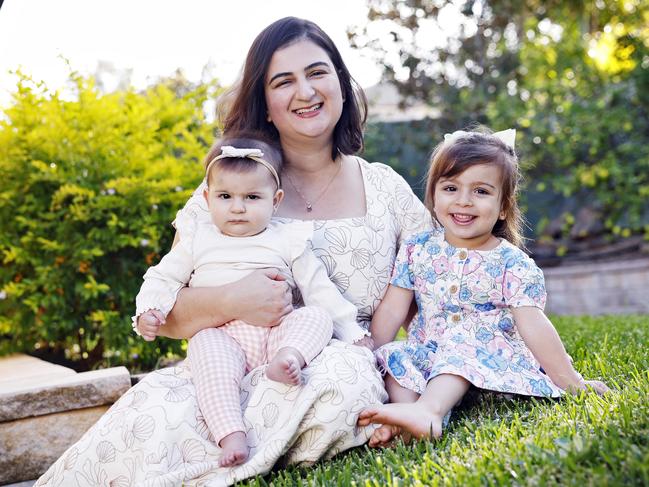
“Being here in Liverpool with family just down the road, you feel way more supported … and there’s more things to do; it’s very family-friendly,” Nina said.
“There’s so many activities on for children, and there’s so many support groups – living in a town like Liverpool is really good for a young family.”
Mayor Ned Mannoun said Liverpool is home to some of the best schools in Sydney, attracting aspirational migrant families with traditional values to the area.
“People come out here because they want to live the great Australian dream, to have at least two or three kids,” he said.

“We’re still old-school, (and) new Australians are still old-school. They value their families more than anything – that’s why they sacrifice things to send their kids to private schools.”
Greater Sydney’s total fertility rate – a statistical calculation of the number of births per woman – was 1.55 in 2023, far below the current 2.06 replacement rate and landing the Harbour City in the middle of the pack among state and territory capitals.
Dr O’Donnell’s estimates suggest Sydney’s population would have peaked in 2011 and started to decline, if not for international migration since 1981.
Mr McCrindle said net migration is a “short-term fix” but without pre-emptive government investment, families still face lack of access to infrastructure like schools.
“We’re really just leaning heavily on migration, but it doesn’t do much to the median age … and it doesn’t provide that boost to children’s services and education,” he said.
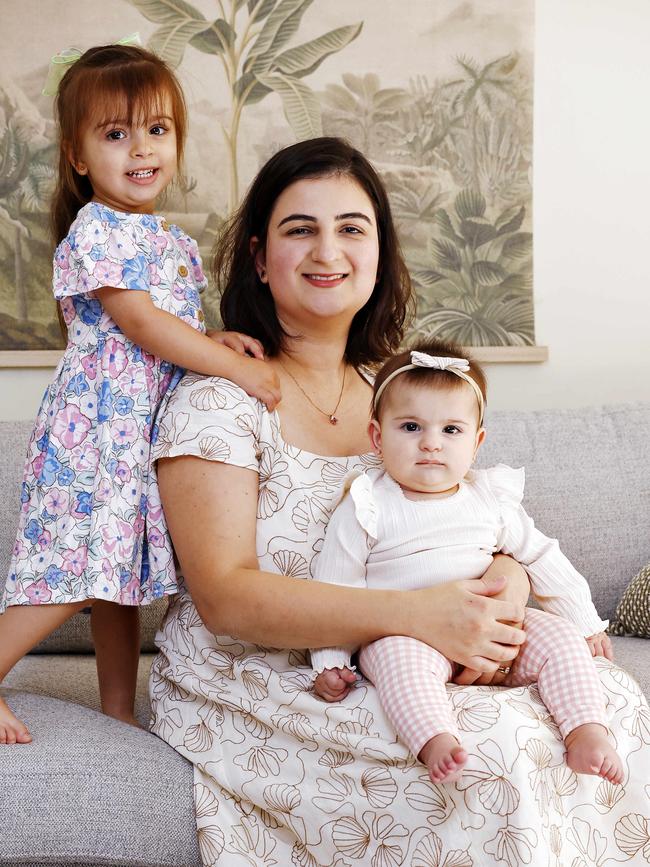
Under Treasury modelling, a 0.2 per cent reduction in the national fertility rate and 100,000 fewer migrants would see spending on social services rise to 29.5 per cent of GDP by 2062, compared to 27.9 per cent of GDP in a higher migration, higher fertility scenario.
“Any thought of getting back to the replacement rate is long in our past,” Mr McCrindle said.
“Policy can turn those things around, but without any policy, we’re just seeing that further slide.”
Nina, who grew up in Liverpool and is herself one of six children, said while multicultural families like hers “do have bigger families, and they start families at a younger age”, governments should provide greater support to would-be parents dealing with fertility issues.
“I have a lot of friends that are single mums who are going through IVF, and they can’t afford to have just that one kid, let alone go through the process (multiple times),” Mrs Avci said.
Do you have a story for The Daily Telegraph? Message 0481 056 618 or email tips@dailytelegraph.com.au
More Coverage
Originally published as Every Sydney suburb ranked: See how many babies were born in your area





